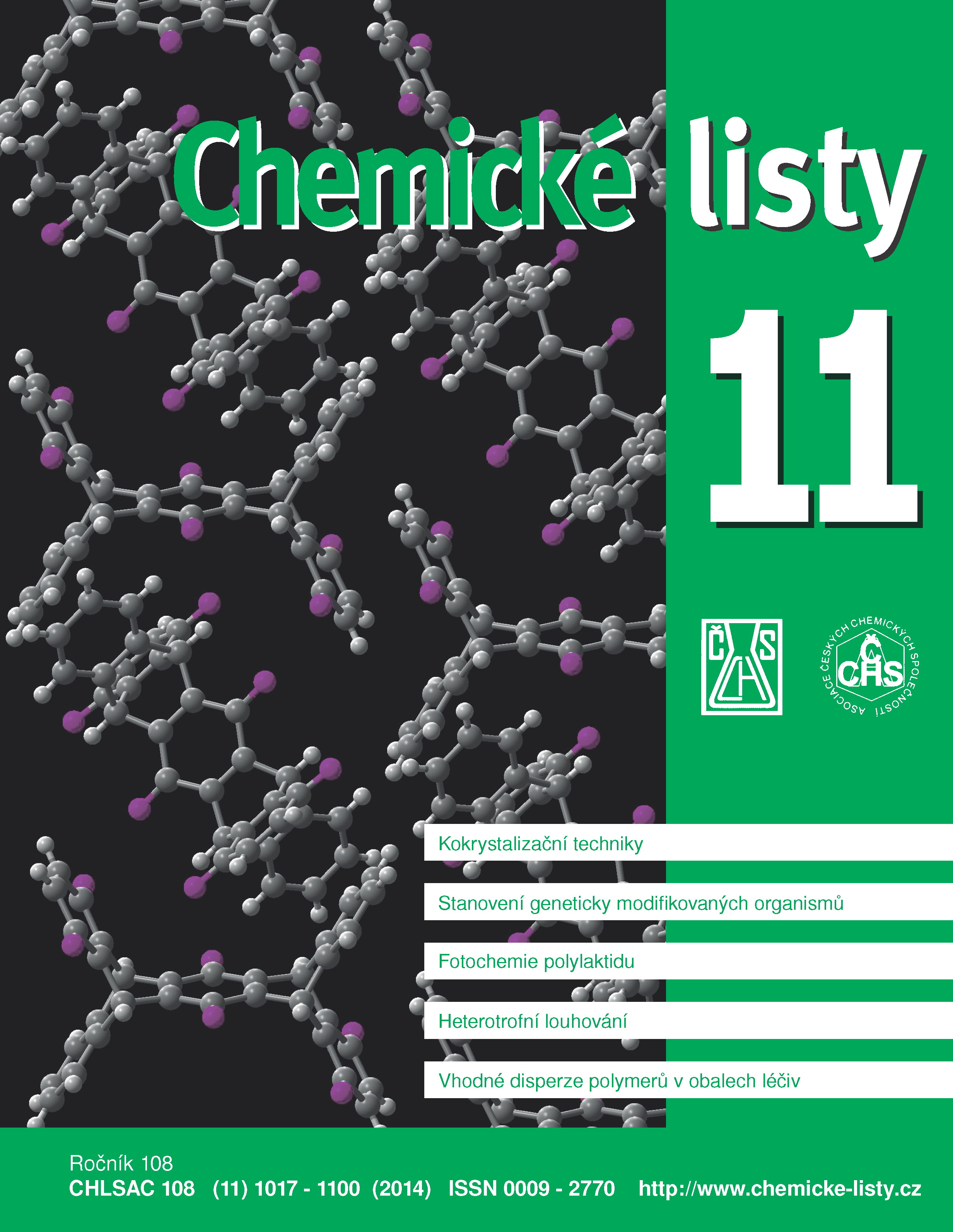The Use of Fixed Bed Meander Microreactor in Enzymatic Glycerolysis Study
Keywords:
enzymatic glycerolysis, flow meander and column reactor, stirred batch reactor, Novozyme 435, transesterification, soybean oilAbstract
Transesterification of soybean oil (O) with glycerol (G), catalysed by Novozym 435, was studied in tert-butyl alcohol as solvent. The effects of reaction temperature (40–50 °C), solvent concentration (20–35 vol.%), G/O molar ratio (1:1 – 2:1), and residence time (min) on the oil phase composition (tri- (TAG), di- (DG) and monoacylglycerol) were evaluated. DAG formation was preferred at lower temperatures, lower G/S mole ratios, and at higher solvent concentrations. The data for G/S = 2:1 agreed well with those obtained in a continous fixed-bed column reactor. Glycerolyses of olive, sunflower, rapeseed, and linseed oils are also reported. Higher reaction rates of continous processes compared with batch glycerolysis were observed.





